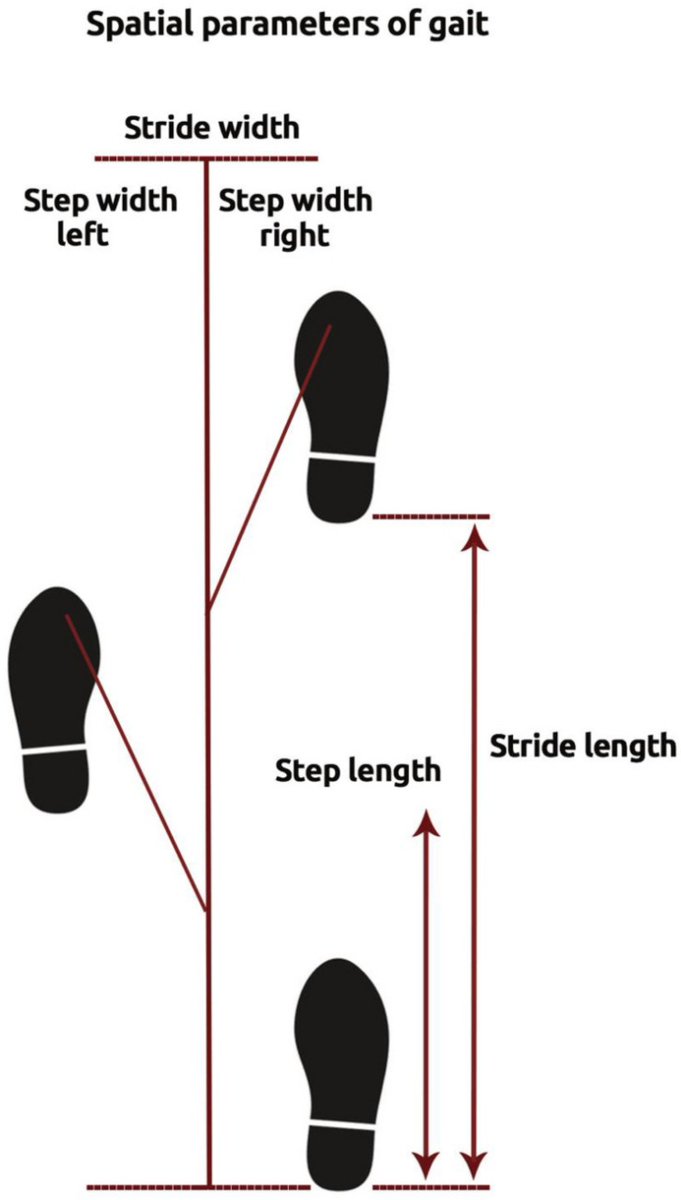
Painful muscle cramping in runners- why do they occur and how to manage them?
1.Many runners have experienced cramps (involuntary painful muscle contractions). Besides pain, it can derail one’s aim for the personal best; in worst cases, runner is unable to even complete the run.
1.Many runners have experienced cramps (involuntary painful muscle contractions). Besides pain, it can derail one’s aim for the personal best; in worst cases, runner is unable to even complete the run.
2. Common muscles affected- Cramps usually affect calves, hamstrings and glutei, but other muscles too can get affected.
#runner #running #cramps
#runner #running #cramps
3. Risk factors for cramps-Long distance running (> 30 km), presence of fatigue, running at a pace faster than that of training pace; age>40, longer history of running, higher BMI, shorter daily stretching time, irregular stretching habits, training <3 times/week, family history
4a. There are two main causes:
Dehydration and sodium loss- more common in hot & humid weather, and in runners who sweat more. However, cramps can occur in cooler weather too. Runners consuming fluids without electrolytes are also more prone.
Dehydration and sodium loss- more common in hot & humid weather, and in runners who sweat more. However, cramps can occur in cooler weather too. Runners consuming fluids without electrolytes are also more prone.
4b- Premature muscle fatigue and uncontrolled activation of affected muscle (with failure of inhibitory reflexes) leading to sustained contraction. This activation comes from central nervous system, most likely spinal cord. 

5. Measures to reduce the risk of cramps:
*Strength training,
*Running practice on 4 or more days/week,
*Maintain same pace on “race day” as that of practice pace,
*Avoid plain water hydration during runs (add salt to water)
*Strength training,
*Running practice on 4 or more days/week,
*Maintain same pace on “race day” as that of practice pace,
*Avoid plain water hydration during runs (add salt to water)
6. What can be done to relieve cramps?
*Passive stretching (dorsiflexion of foot for cramps in calves) will help in most cases;
*Reduce running pace or walk-jog until cramps are relieved.
*Passive stretching (dorsiflexion of foot for cramps in calves) will help in most cases;
*Reduce running pace or walk-jog until cramps are relieved.
7. Conclusions:
Cramps are painful muscle contractions, however, fortunately severe cramps are uncommon.
Simple measures as suggested above can reduce the risk of cramps.
Passive muscle stretching relieves the cramps in most cases.
(Cramp video credits- Dr Jacob George)
Cramps are painful muscle contractions, however, fortunately severe cramps are uncommon.
Simple measures as suggested above can reduce the risk of cramps.
Passive muscle stretching relieves the cramps in most cases.
(Cramp video credits- Dr Jacob George)
• • •
Missing some Tweet in this thread? You can try to
force a refresh





